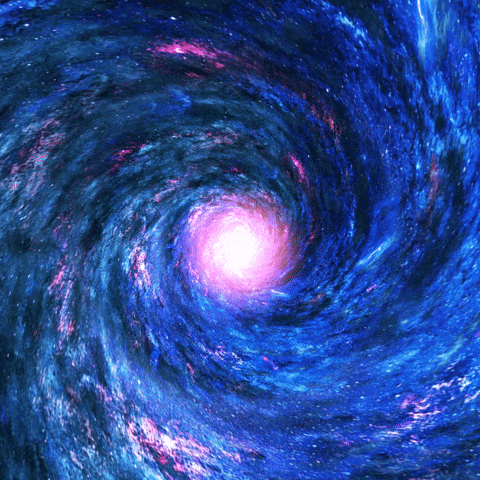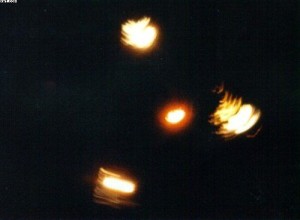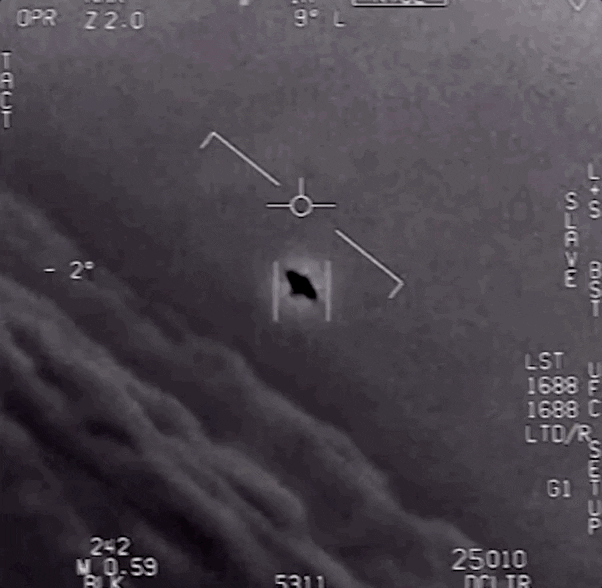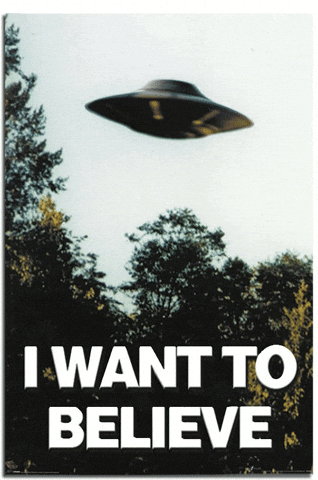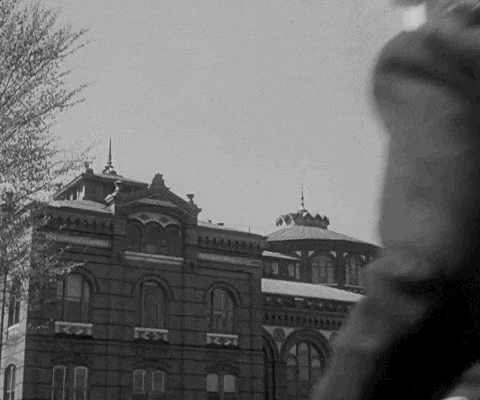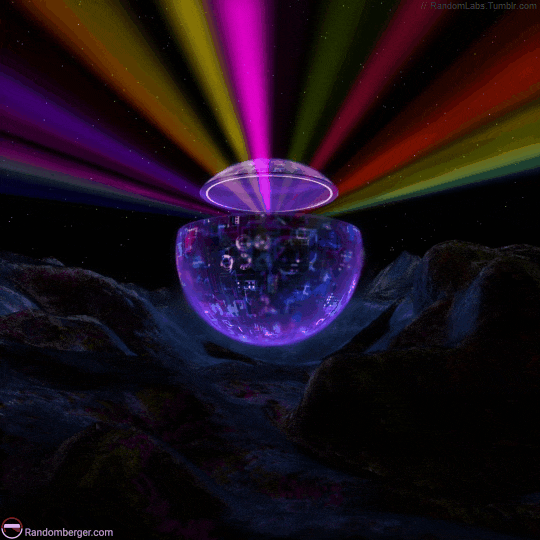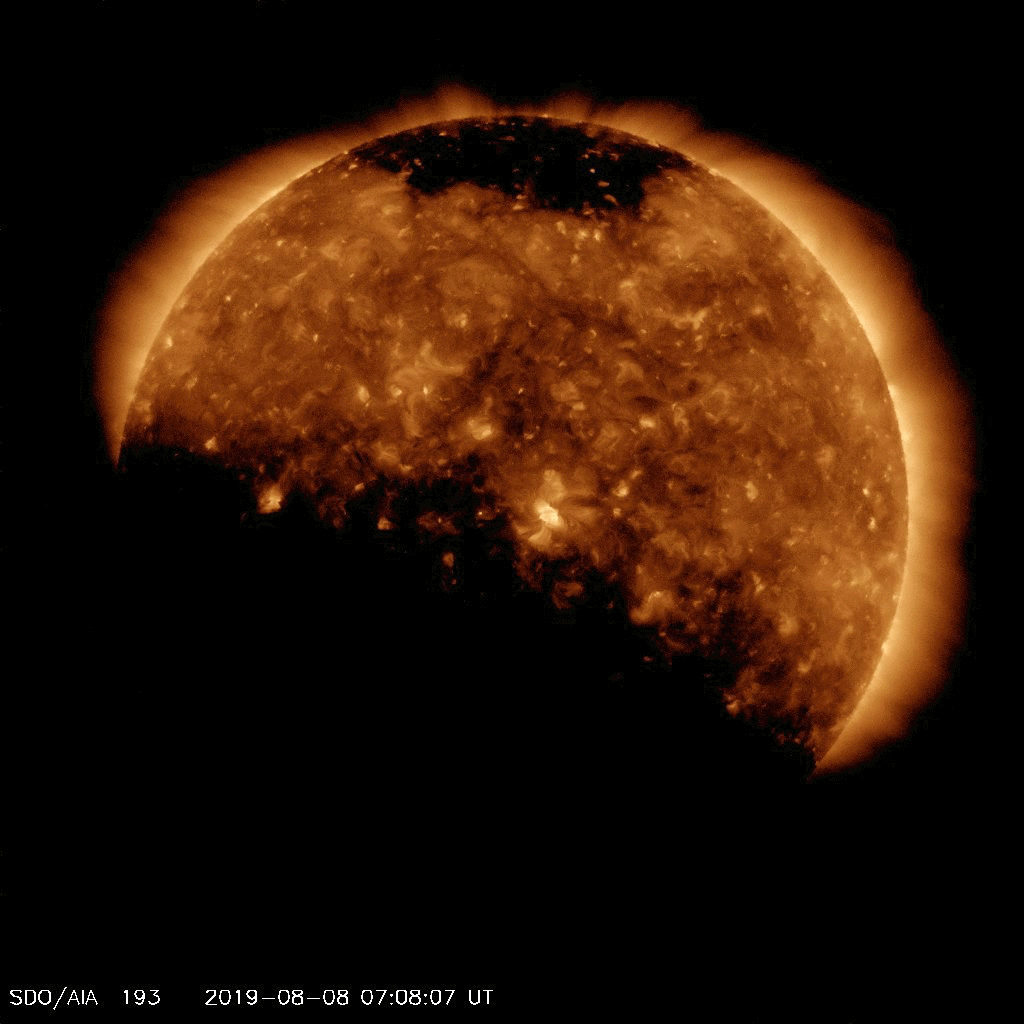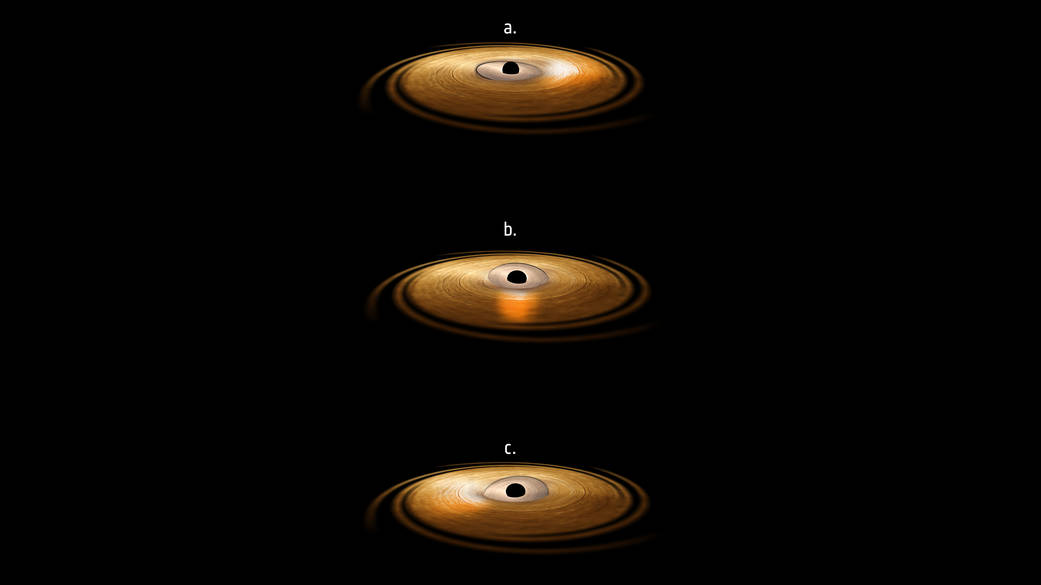
A 30-year-old mystery about black holes has just been solved.
The story starts in the 1980s, when astronomers found that small (stellar-mass) black holes emit X-ray light that flickers in a curious pattern. At first, this flickering occurs every few seconds; however, the time between each flicker shortens over the course of a few months, eventually stopping completely.
This "quasi-periodic oscillation" (QPO) was thought to be a result of a phenomenon predicted by Albert Einstein's theory of general relativity — that any object with enough mass, like a black hole, will twist space-time as it spins. Later, scientists calculated that these gravitational vortices will cause the orbits of particles around the black hole to change orientation, leading to the QPO phenomenon. [Images: Black Holes of the Universe]
"It is a bit like twisting a spoon in honey: Imagine that the honey is space, and anything embedded in the honey will be 'dragged' around by the twisting spoon," Adam Ingram, lead author of a new study describing the findings, said in a statement. "In reality, this means that anything orbiting a spinning object will have its motion affected," added Ingram, of the University of Amsterdam in the Netherlands.
Though the observed QPO periods were close to those predicted by this idea, there had not been enough evidence to nail down the connection — until now.
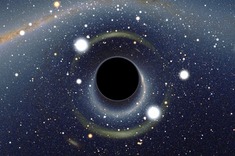
The two satellites observed the X-ray light emitted by iron atoms in one black hole's accretion disk — the flat collection of dust and gas spiraling into the object. The accretion disk is receding on one side and approaching on the other, relative to the spacecraft; the light emitted is therefore shifted toward the blue end of the spectrum on the approaching side, and red-shifted on the other. (This is similar to the way sound waves emitted by an ambulance's siren are shifted as the vehicle approaches and then passes an observer.)
These shifts revealed the twisting motion of the accretion disk, which was caused by the black hole's powerful gravity, the researchers said.
"We have spent a lot of time trying to find smoking-gun evidence for this behavior," Ingram said.
The new study was published in May in the Monthly Notices of the Royal Astronomical Society.
You can follow Space.com on Twitter @Spacedotcom. We're also onFacebook & Google+. Originally published on Space.com.


